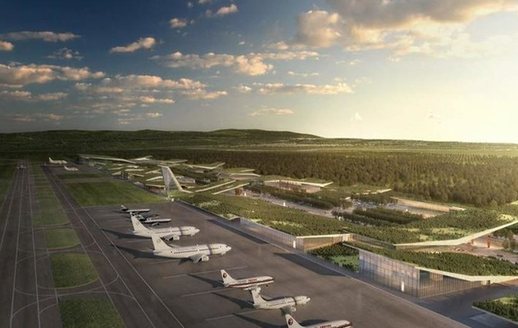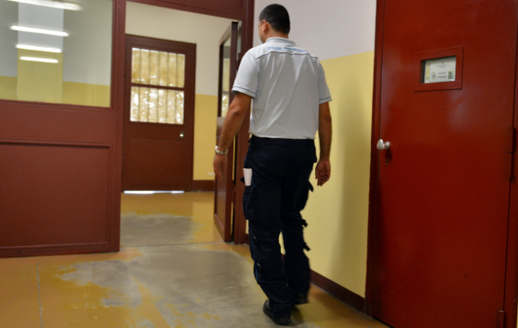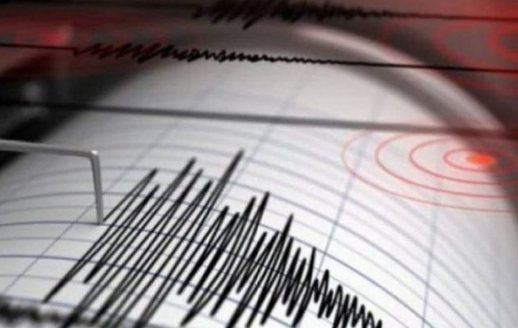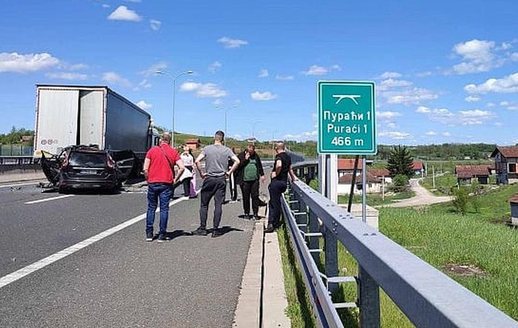
Artificial intelligence helps solve one of archaeology's greatest mysteries

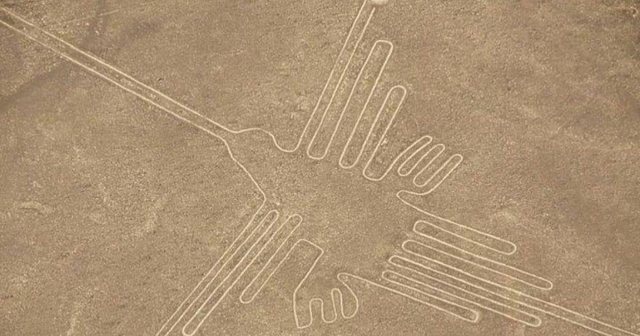
For centuries, vast and intricate patterns carved into the ground have baffled archaeologists, but now, artificial intelligence (AI) is helping to crack one of archaeology's greatest mysteries. Working alongside scientists at IBM, researchers are using AI to analyse and interpret large swaths of aerial imagery, uncovering hidden geoglyphs and providing new insights into the purpose of the ancient patterns. The discovery, highlighted in an article by BBC Science Focus, is revolutionising the way archaeologists approach ancient mysteries, allowing them to process data more quickly and efficiently than ever before.
The discovery came as archaeologists, led by Prof Masato Sakai from Yamagata University, began applying AI to the vast desert landscape of the Nazca region. Artificial intelligence systems trained to recognize geoglyphs in aerial imagery identified over 300 new figurative geoglyphs in just six months, almost doubling the total previously known. AI’s ability to process vast amounts of satellite and drone imagery at lightning speed is revolutionizing the way archaeologists conduct surveys. This method has dramatically accelerated the discovery process, allowing researchers to identify geoglyphs that would have taken years to find using traditional fieldwork methods.
By automating the analysis of massive data sets, AI has allowed researchers to gain a broader view of archaeological sites. Previously, the labor-intensive process of surveying, mapping, and analyzing sites required years of manual labor, limiting the rate of discovery. Artificial intelligence has removed these barriers, enabling archaeologists to uncover patterns, structures, and features that were once invisible to the human eye. The integration of machine learning and advanced imaging techniques is moving archaeology into a new era of discovery, where large-scale mapping is now possible in a fraction of the time.
The Nazca Lines aren’t the only archaeological site to benefit from AI technology. As AI continues to evolve, it’s being used in a wide range of archaeological projects, from burial mounds to shipwrecks. Artificial intelligence excels at efficiently processing massive amounts of data that would otherwise overwhelm human researchers. AI’s ability to detect patterns in large areas of aerial imagery is making it an indispensable tool for modern archaeologists.
Gjatë dekadës së fundit, mjetet dixhitale janë bërë më të integruara në kërkimin arkeologjik. Përparimet e hershme në modelimin 3D dhe sensorin në distancë kanë hedhur themelet për hetimet e drejtuara nga AI. Kalimi nga metodat tradicionale të anketimit në analizat e asistuara nga AI ka zgjeruar në mënyrë dramatike aftësinë për të hartuar, regjistruar dhe vizualizuar vende historike në zona të paarritshme më parë. AI tani po përmirëson saktësinë e zbulimeve arkeologjike, duke ofruar njohuri të reja mbi përdorimin e peizazhit, modelet e vendbanimeve dhe evolucionin kulturor përgjatë periudhave të ndryshme kohore.
Potenciali i AI në arkeologji nuk kufizohet vetëm në Linjat Nazca. Inteligjenca artificiale është përdorur në rajone të ndryshme për të lokalizuar vendbanimet e lashta, kodrat dhe mbytjet e anijeve, veçanërisht në zonat që janë të vështira për t’u aksesuar ose ku puna në terren është e kufizuar. Një projekt i tillë, një bashkëpunim midis arkeologëve dhe specialistëve të inteligjencës artificiale, kombinoi mësimin e makinerive me sensorin në distancë për të ndihmuar në zbulimin e kodrave – vendbanimet e mbyllura të gjetura në majat e kodrave – bazuar në të dhënat e vëzhgimit ajror. Ky bashkëpunim tregoi se si AI mund të identifikonte modele në peizazh që do të ishin pothuajse të pamundura për t’u zbuluar duke përdorur metoda konvencionale.
Përveç identifikimit të qyteteve ose vendbanimeve të humbura, AI ka ndihmuar arkeologët të identifikojnë objektet kulturore, rrënojat e lashta dhe ndryshimet mjedisore që ndikuan në migrimin njerëzor. Në rajonet ku konflikti ose moti ekstrem e bëjnë të rrezikshme punën në terren, AI është bërë një mjet jetik për kryerjen e kërkimeve arkeologjike nga distanca. Analiza e fuqizuar nga AI i lejon studiuesit të nxjerrin informacion nga fotografitë ajrore, skanimet LiDAR dhe hartat historike, duke bërë të mundur studimin e vendeve që më parë ishin të paarritshme.
Ndërsa AI po provon të jetë një aset i vlefshëm në arkeologji, nuk është pa sfida. Prof Masato Sakai dhe ekipi i tij shqyrtuan mesatarisht 36 sugjerime të krijuara nga AI për të gjetur një gjeoglif të vlefshëm. Përkundër kësaj, shpejtësia e madhe me të cilën AI përpunon të dhënat u mundëson arkeologëve t’u japin përparësi pistave premtuese, duke siguruar që përpjekjet e tyre të drejtohen drejt zbulimeve më të rëndësishme. Evolucioni i shpejtë i mjeteve të drejtuara nga AI vazhdon të përsosë saktësinë e kërkimit arkeologjik, duke çuar në strategji më efikase gërmimi dhe përpjekje ruajtjeje.
The application of AI to archaeology is still in its early stages, but its potential is already becoming clear. As these technologies improve, they will enable archaeologists to uncover hidden civilizations, lost artifacts, and long-forgotten landscapes. The combination of AI, machine learning, and remote sensing not only speeds up discoveries, but also ensures that endangered sites are identified and preserved before they are lost forever. Artificial intelligence is not replacing archaeologists – it is enhancing their ability to explore, analyze, and protect humanity’s shared history.
This new phase of archaeological exploration, driven by AI, is providing an unprecedented look at ancient civilizations. By unlocking patterns and structures hidden beneath the surface, AI is transforming the way researchers study the past. As these technological advances continue, archaeologists are on the verge of uncovering mysteries that have remained unsolved for centuries.

ideas
top
Alfa recipes
TRENDING 
services
- POLICE129
- STREET POLICE126
- AMBULANCE112
- FIREFIGHTER128






